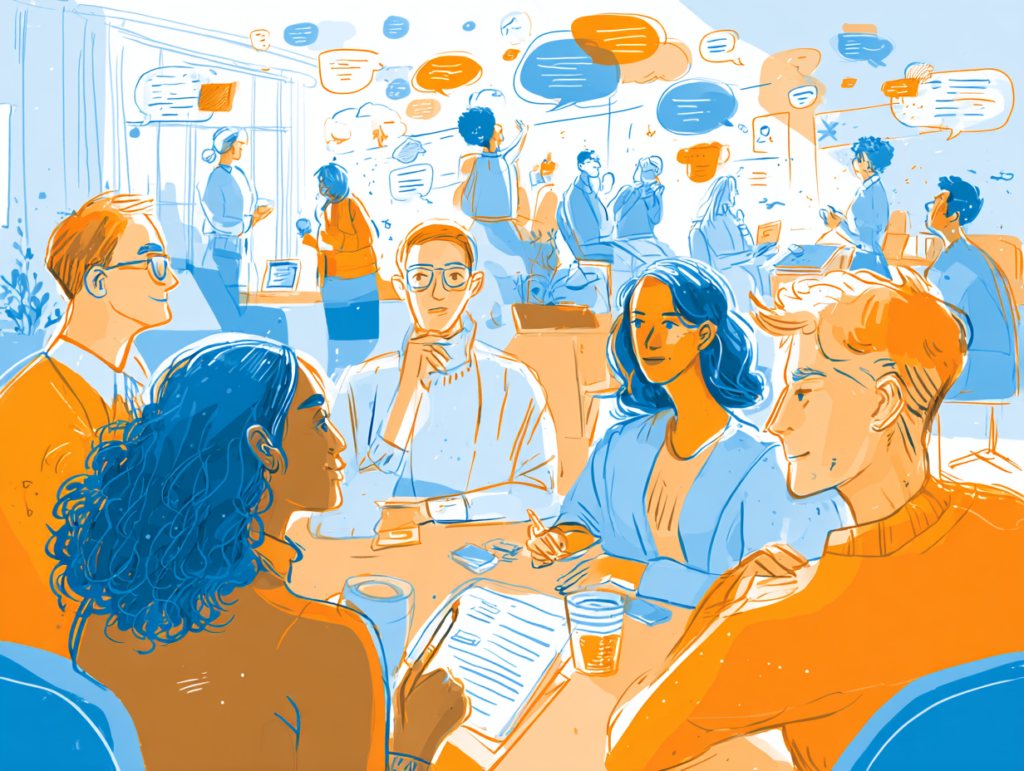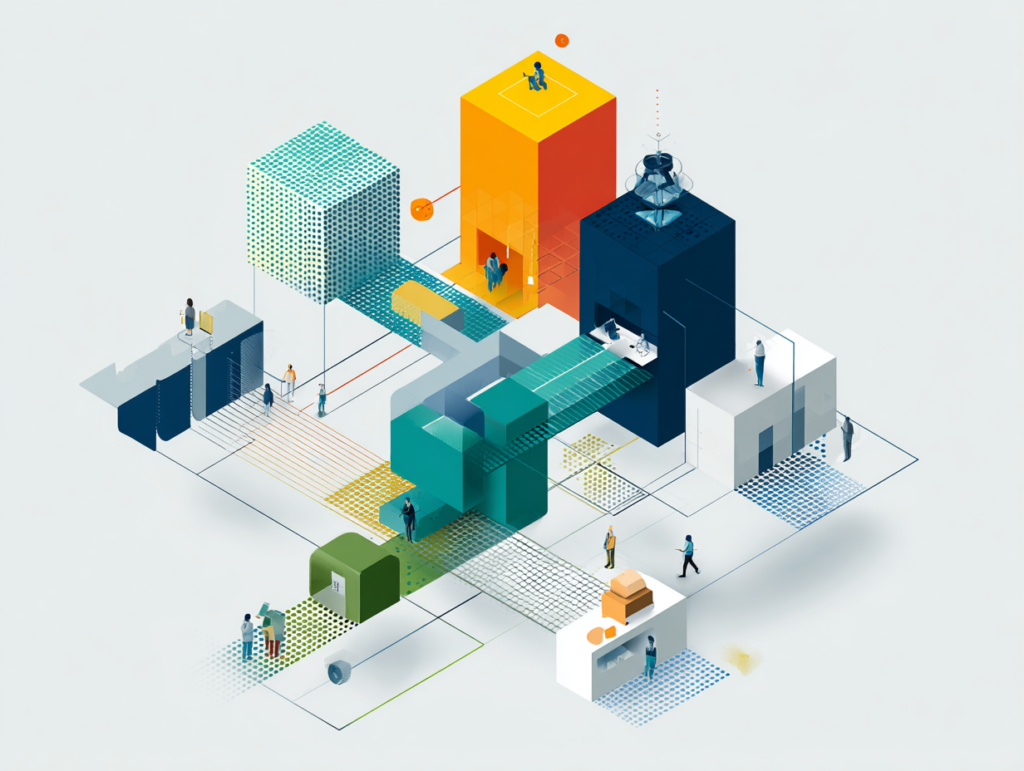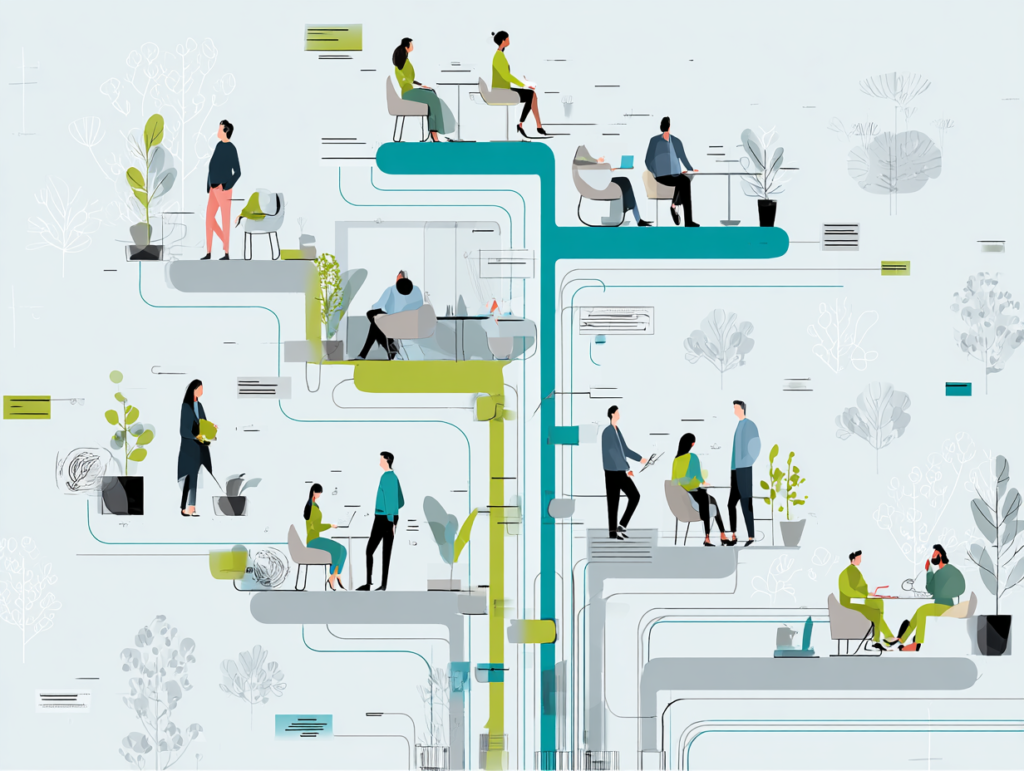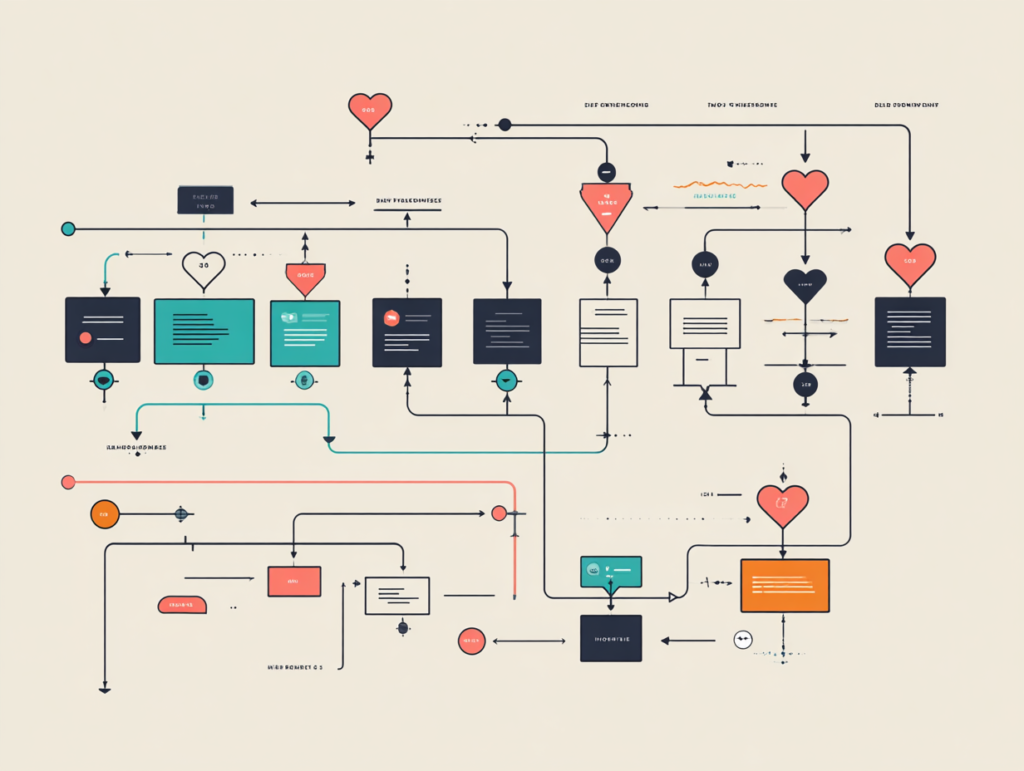The 2025 Women in CX Awards just revealed the blueprint for scaling human-centered transformation and it's not what you think
Here’s the uncomfortable truth: Your empathy training isn’t working.
You’ve mandated it in programs. Added it to the values statements. Talked about it in every all-hands meeting. Yet when crisis hits, when budgets tighten, when pressure mounts, customer-centricity becomes the first casualty.
The winners of the 2025 Women in CX Awards have definitively unlocked the key to success. Across eight categories—from Innovation to Inclusion, from Rising Stars to established Leaders—these women stopped trying to inspire empathy and started engineering it instead.
The problem with Empathy Programs
Most organizations approach empathy backwards. They focus on changing hearts and minds first, hoping behavioral change will follow.
This approach hits a wall.
Why? Because you can’t inspire your way to sustainable change. You must systematically integrate it into your organizational DNA.
The breakthrough insight from this year’s winners reveals a new approach: empathy infrastructure.
What empathy infrastructure looks like
Forget the motivational speeches. These winners built systematic approaches that make customer-centricity permanent, not project-dependent.
Here's their four-pillar framework in action:
1. Experiential Learning Systems

Don’t tell stakeholders about customer needs—systematically expose them to the reality of customers.
Rhea Ebanks-Simpson transformed Westminster City Council by creating “space for cross-functional collaboration” where “service teams were invited to take part in resident interviews, workshops, and ideation sessions, experiencing the challenges firsthand and contributing to co-designed solutions.”
This wasn’t one-time training—it was systematic exposure that generates continuous empathy.
Shannon Knowlton, Voice of the Customer Manager at Selective Insurance, leverages systematic customer feedback through her Customer Survey Initiative, overseeing eight key surveys that directly connect organizational teams to customer voices and drive data-informed enhancements.
Why It Works: Experience changes behavior faster than explanation.
2. Partnership Architecture

Fundamentally rewire how departments relate to each other and to customers.
Susanna Baqué’s work at SCIEX demonstrates partnership architecture at scale. Her approach created “a far more fluid and reciprocal relationship between customers and the organisation” through thorough research with both existing and potential customers, then systematically redesigning touchpoints to support customer objectives rather than internal processes.
Her digital ecosystem approach shows how customer management systems were designed to enable customer success rather than track interactions. Baqué’s work “helped imbue CX as part of the culture of SCIEX” and became a “role model” that spread across the parent company, Danaher.
Elizabeth Okomba navigated “the most extensive banking merger in sub-Saharan Africa” by establishing a “robust governance structure” that created shared accountability across formerly separate organizations, transforming competitive departments into collaborative partners.
Katie Stabler shows how partnership architecture extends beyond organizational boundaries, creating ecosystems of collaboration that amplify impact beyond individual capabilities.
Why It Works: Structure drives behavior more than good intentions.
3. Multi-Level Orchestration

Work horizontally across departments AND vertically across organizational levels.
When Ebanks-Simpson tackled housing repairs, she “brought together staff from all levels—service heads, operatives, contact centre agents, and contractors—to analyse challenges and co-create solutions collaboratively.”
Okomba’s transformation of NCBA Bank demonstrates how empathy infrastructure works under extreme organizational stress. By developing “a CX strategy that aligned with the corporate plan and set up a robust governance structure,” she created systematic approaches that survived organizational upheaval.
Stine Marsal demonstrates multi-level orchestration by helping over 500 companies improve accessibility, creating systematic exposure to hidden disabilities and diverse user experiences that scale across organizations and industries.
Why It Works: Systemic problems require systemic solutions.
4. Process Integration

Embed empathy directly into business processes, not as an add-on.
Ebanks-Simpson succeeded in “embedding empathy into the process of service redesign” itself, making customer perspective a required input rather than an optional consideration.
Technology and Innovation winners show how empathy infrastructure scales in digital environments. Rather than technology replacing human connection, these leaders use systematic approaches to make technology more empathetic and human-centered.
Winners demonstrate systematic integration of empathy into performance metrics, governance structures, and decision-making processes, ensuring that human-centered thinking becomes organizationally embedded.
Why It Works: What gets measured gets managed.
The business case Is clear
The results across categories speak for themselves. As the awards organizers noted, what made submissions special was “not just the impressive results—though many shared clear, measurable business impact—but the authenticity, vulnerability, and boldness shown by every nominee.”
- Measurable Impact: Clear NPS improvements, operational efficiency gains, and cultural transformation
- Scalability: Methods developed by individual winners are becoming organizational and industry standards
- Sustainability: Systematic approaches create compound returns without constant re-energizing
- Cross-Functional Success: Infrastructure approaches work across industries, company sizes, and cultural contexts
The future belongs to system builders
These award winners represent “a new standard for inclusive, values-led leadership in customer experience” and demonstrate “the power of human-centred leadership to drive meaningful change.”
They’ve proven that sustainable customer-centricity isn’t about caring more; it’s about caring better. It’s about building better systems that make caring an inevitable part of life.
The question isn’t whether your organization values customers.
The question is: Have you built the infrastructure to ensure that caring becomes capability, and capability becomes competitive advantage?
Your next steps
- Audit your current “empathy efforts” – Are they systematic like these winners, or just inspirational?
- Study these winners’ approaches – Which of their systematic methods could work in your context?
- Create systematic exposure – How can you follow Ebanks-Simpson’s lead in connecting your team to customer reality?
- Measure infrastructure, not just outcomes – Track the systems like these winners do, not just the results.
The women changing customer experience aren’t just inspiring better attitudes—they’re building better systems.
In a world where customer expectations continue to accelerate, systematic empathy is no longer just a nice-to-have.
It’s the foundation of organizational survival.
Ready to build empathy infrastructure in your organization? The 2025 Women in CX Awards winners prove it’s possible—and profitable. Their secret isn’t superior empathy—it’s superior systems.





